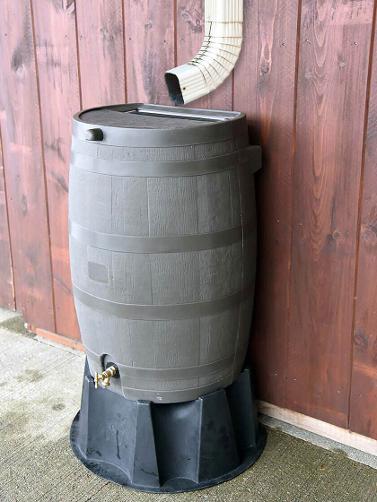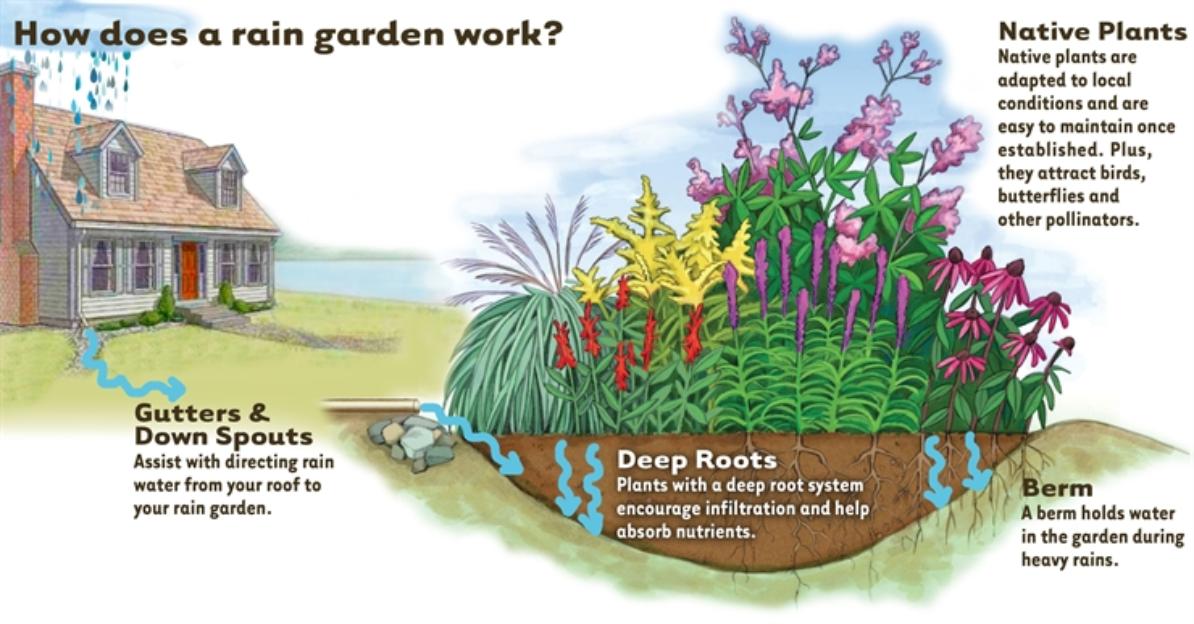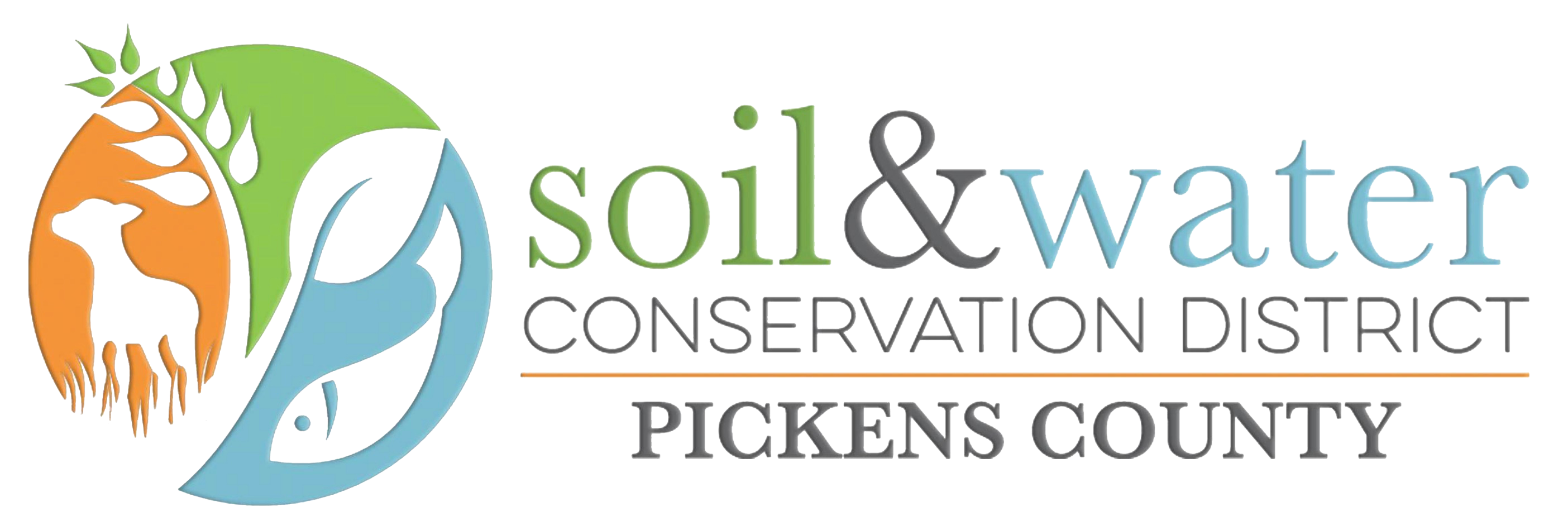What are Rain Barrels?
Example of a Rain Barrel:

Gather together and make your own Rain Barrel!
During this unprecedented time of social distancing and stay at home orders, it is the perfect time to consider making something together with your family or housemates that have a purpose and benefits the environment. Bonding over a fun and useful project will create memories, provide you with an item that you can utilize for years to come, and offer a rewarding experience that will hopefully inspire other valuable projects. One such activity is to make or purchase a rain barrel and then paint it to be uniquely yours. The rainwater that flows from a roof can be collected in a rain barrel and used for many purposes. By collecting the rainwater in a barrel, a practice known as harvesting rainwater, and using it around your home, you are helping conserve water resources, decreasing the potential for downstream contamination, and saving money. Did you know that 1000 square feet of roof and 1 inch of rain, can generate 600 gallons of water? You can minimize stormwater pollution by diverting this water into your barrel, so it does not run overland picking up contaminants and carrying it to waterways.
To find a good location for your barrel, and to identify potential uses, walk around your yard in search of areas that you can use the harvested rainwater. Look for areas around your roofline where there are signs of erosion or flooding. You can save money by using the collected rainwater for some of the chores around your home instead of tap water. Here are a few ideas: • Use the water for irrigation of both indoor and outdoor plants including gardens, potted plants, and window boxes • Use the water in birdbaths and feeders • Use the water to clean garden equipment, patio furniture, bikes, cars, boats, and pets Please note: do not drink water from rain barrels, and special considerations are necessary if harvested water is to be used for edible plants. To learn more about making, using, and painting rain barrels, rainwater harvesting, and use of harvested rainwater on edible plants, check out the following resources:
HGIC 1729 Rainwater Harvesting Systems Guidance for Schoolyard Applications
HGIC 1851 Carolina Yards: An Overview of Sustainable Landscaping Practices
HGIC 1728 Best Practices for Application of Harvested Rainwater on Edibles
Rainwater Harvesting for Homeowners
CC How to Build Your Own Rain Barrel
If this document didn’t answer your questions, please contact HGIC at hgic@clemson.edu or 1-888-656-9988.
Author(s) Susan Lunt, Water Resources Agent, Pickens County, Clemson Extension

